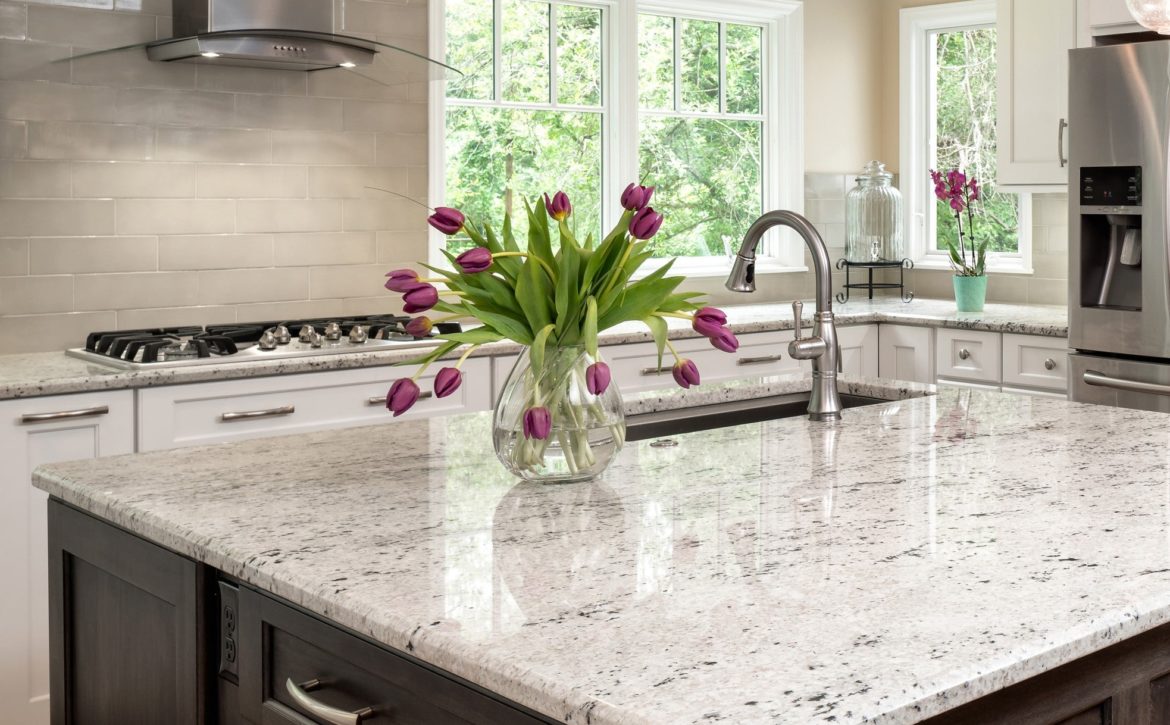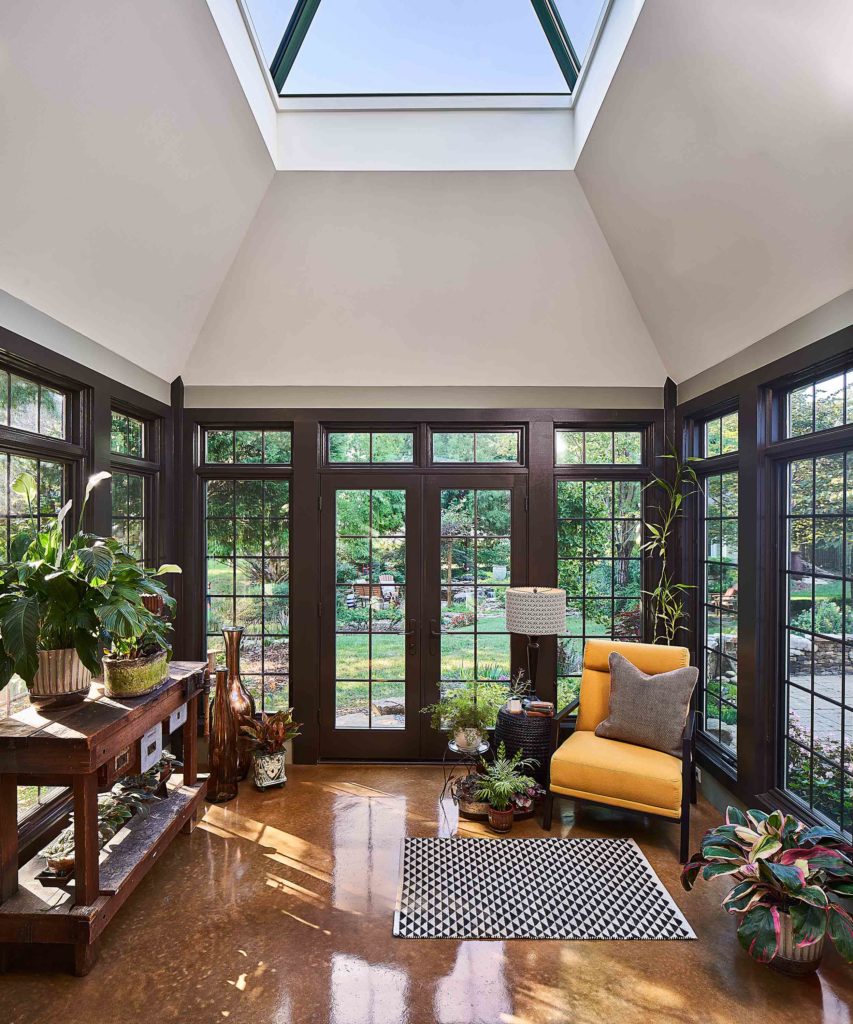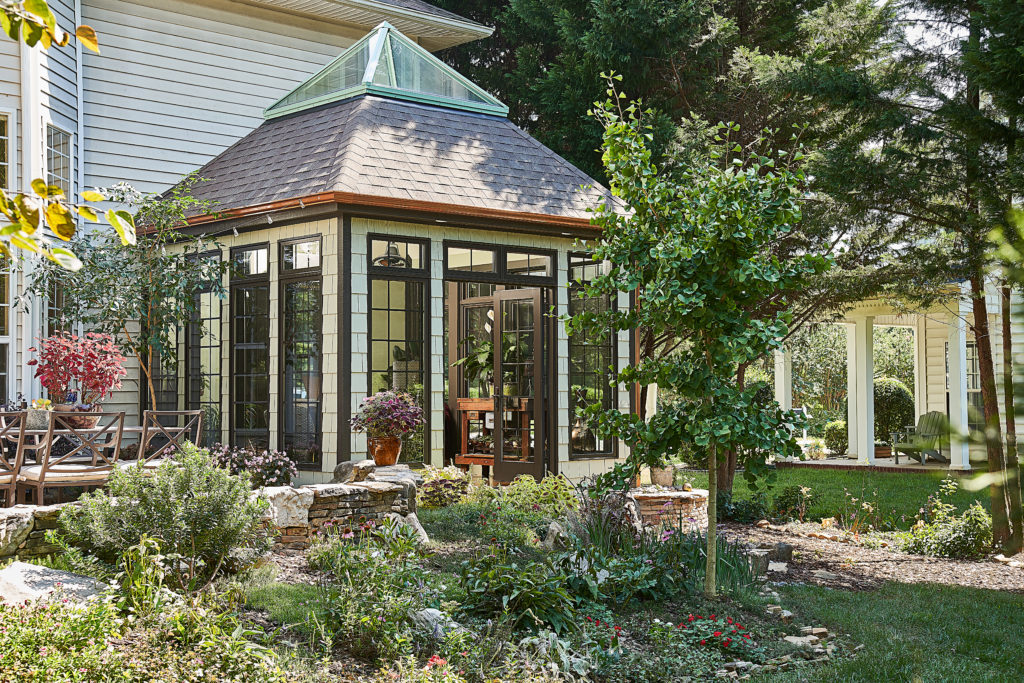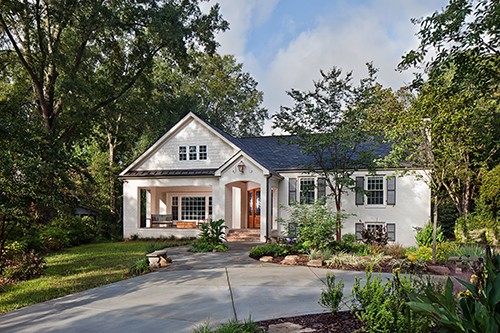Kitchen and Bath Remodeling Trends For 2019
Kitchen and bath remodeling are consistently among the most requested projects for remodeling firms after the New Year. Your kitchen is the heart of the home. It serves as the launchpad for just about every activity in your home: meals, game nights, homework, and social gatherings with loved ones. Your master bathroom is a place to relax, refresh and rejuvenate yourself, whether starting your day or ending it. In highly used spaces such as these, style is no doubt important, but it comes secondary to how each room serves you and your family. You need a space that works for how you live.
Choosing a reputable remodeling team with experienced kitchen and bath designers will ensure that your kitchen or bath remodel serves as more than just a touch up — it’s an investment in your home and your quality of life. Let’s take a look at what’s trending in kitchen and bath remodeling for 2019, and see how you can get inspiration for your next home remodeling project.
Neutral Kitchens Re-Imagined
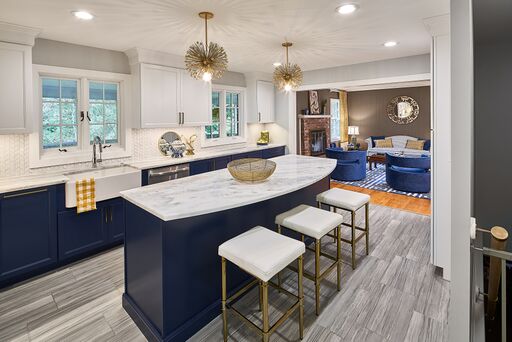
All-white kitchens have maintained popularity in kitchen remodeling for years because they’re often the most adaptable to various interiors, and they’re classic, they never really go out of style. But, over the past year there has been a considerable shift to include more color. Navy, ever the neutral blue, has been increasingly popular, especially paired with white. If blue and white conjures up images of cluttered shelves full of ginger jars, rest assured that bringing this classic color combination together in new and less traditional ways will make the space feel more modern and fresh.
Go Bold, but Never Underestimate a Classic Countertop
Although creative combinations of cabinetry and metal finishes are all the rage, we’re still seeing a high demand for classic countertops. Natural marble countertops will forever be another classic. The unique pattern of each slab makes every installation one-of-a-kind. That being said, engineered quartz is still dominating the kitchen remodeling market in Charlotte because it doesn’t require special attention or maintenance. While not for everyone, we find families with young children or grandchildren, or couples who really love to entertain, tend to gravitate toward quartz because it just makes life easier.
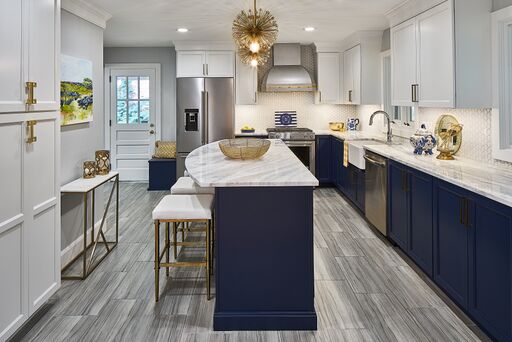
Don’t Be Afraid to Mix Metals
Mixing metals tends to give a space a more curated and intentional look. When the plumbing, appliances, light fixtures and cabinet hardware are all variations on brushed or stainless steel, it tends to look like there wasn’t much thought put into it. Homeowners have a tendency to stress over making sure everything matches, but it’s just not possible. When you’re combining similar finishes across half a dozen brands, they’re all going to be slightly different — especially anything gold or brass. We prefer to mix finishes, but not just for the sake of being different. When it’s intentional, mixing metals really adds another layer of detail making the kitchen that much more unique. In the navy and white kitchen above, we used chrome, stainless steel, aluminum and varying shades of brass.
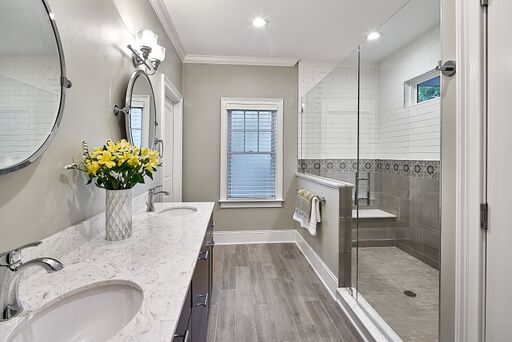
Simple Still Reigns in the Master Bath
In contrast to the bolder features that work well in kitchens, the master bath remains a retreat-inspired space, where less is almost always more. The bathroom is likely the first room you visit when you wake up in the morning and the last right before bed. During those transition times, when you’re inevitably tired, it’s calming not to be surrounded by lots of visually stimulating colors and patterns. Often we’ll choose one thing to make the bathroom a little more personal and less like your neighbors’ house – a custom cabinet color, an accent tile such as the 8 x 8 in the shower above, or a really sculptural light fixture or freestanding tub – and that’s all you need. Otherwise, we tend to stay more monochromatic and introduce some interest with varying textures.
This eclectic master bath remodel pulls inspiration from a few different styles, but the homeowners’ primary goal is consistent with what’s trending for 2019 — a master retreat that’s clean and bright, feels spacious, and is easy for both to use when schedules overlap.
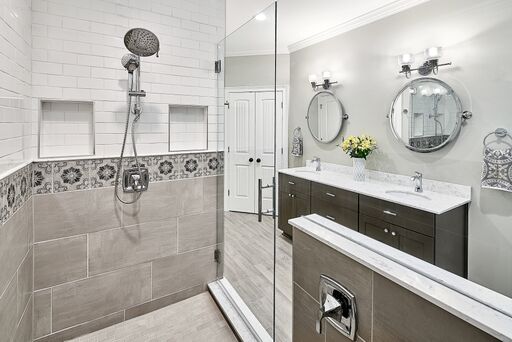
Must Haves for the Master Bathroom in 2019!
Frameless glass shower enclosures are easy to clean, and they provide clean sight lines which helps even the smallest bathrooms feel larger. Solid surface tops, whether quartz or natural stone, are a must for pony walls and curb caps, shower benches and even small foot rests for shaving. They create a more finished look and make cleaning much more effective. Hand held shower heads are also a must. Even if you don’t think you’d ever use it to bathe, you will be so happy it’s there when it’s time to clean the shower. They’re also really handy for washing the dog. And finally, accessible and sensible storage saves you so much time when you don’t have to search for things. Cabinet drawers are much more effective for storing most toiletries, and a wall mounted cabinet in the water closet is the perfect place to stash extra toilet paper so you’re never stuck.
Whatever your specific kitchen and bath remodeling needs are, we’ve got your covered. Are you looking to remodel your home this summer? Now is the time to start planning! Fill out the form below to schedule a conversation.
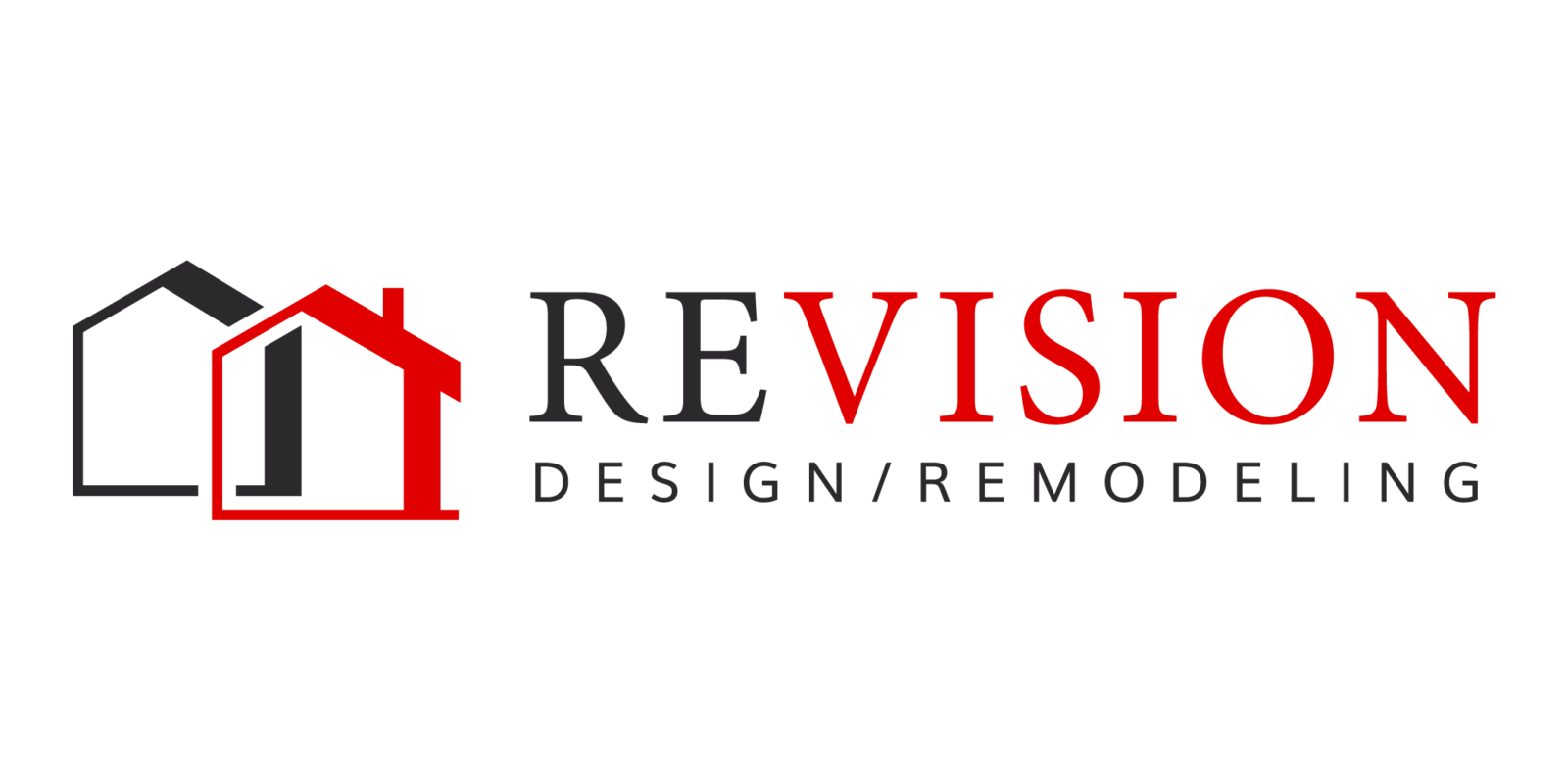



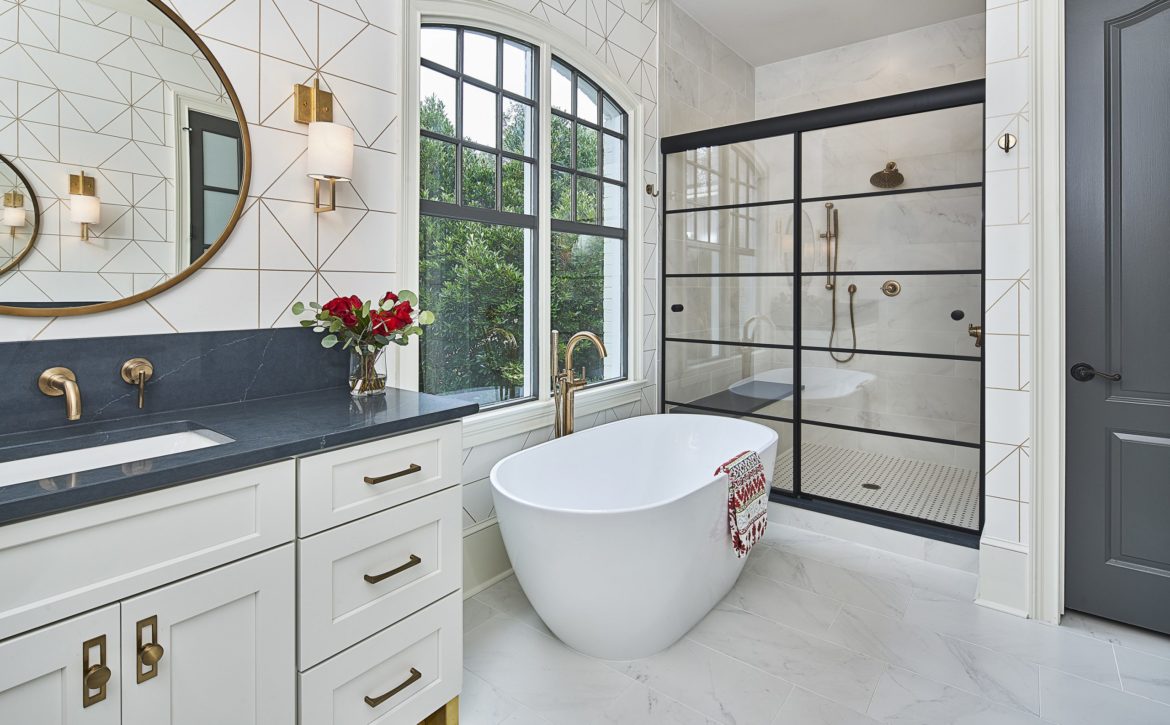
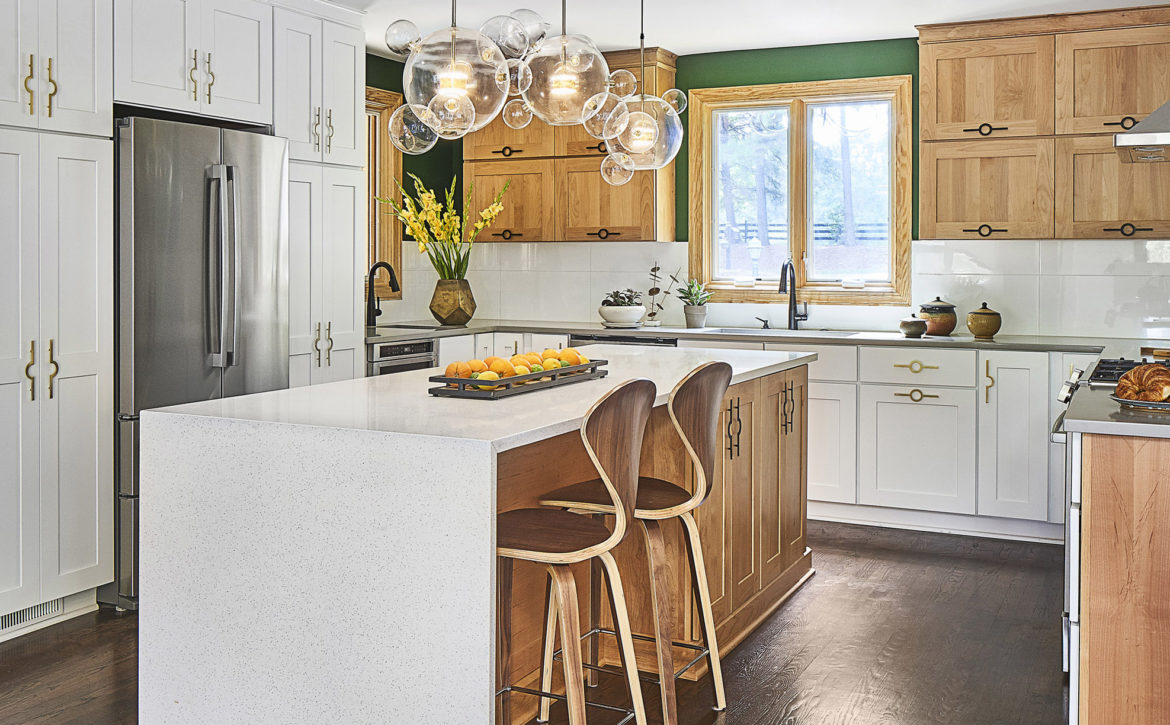
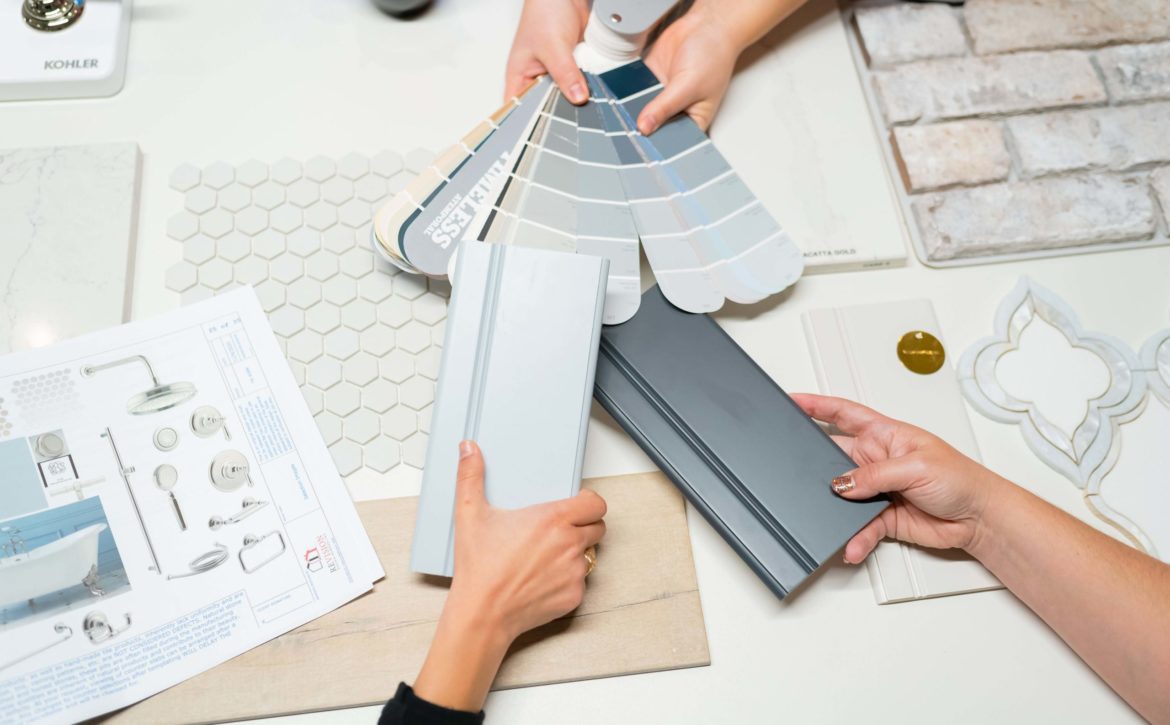
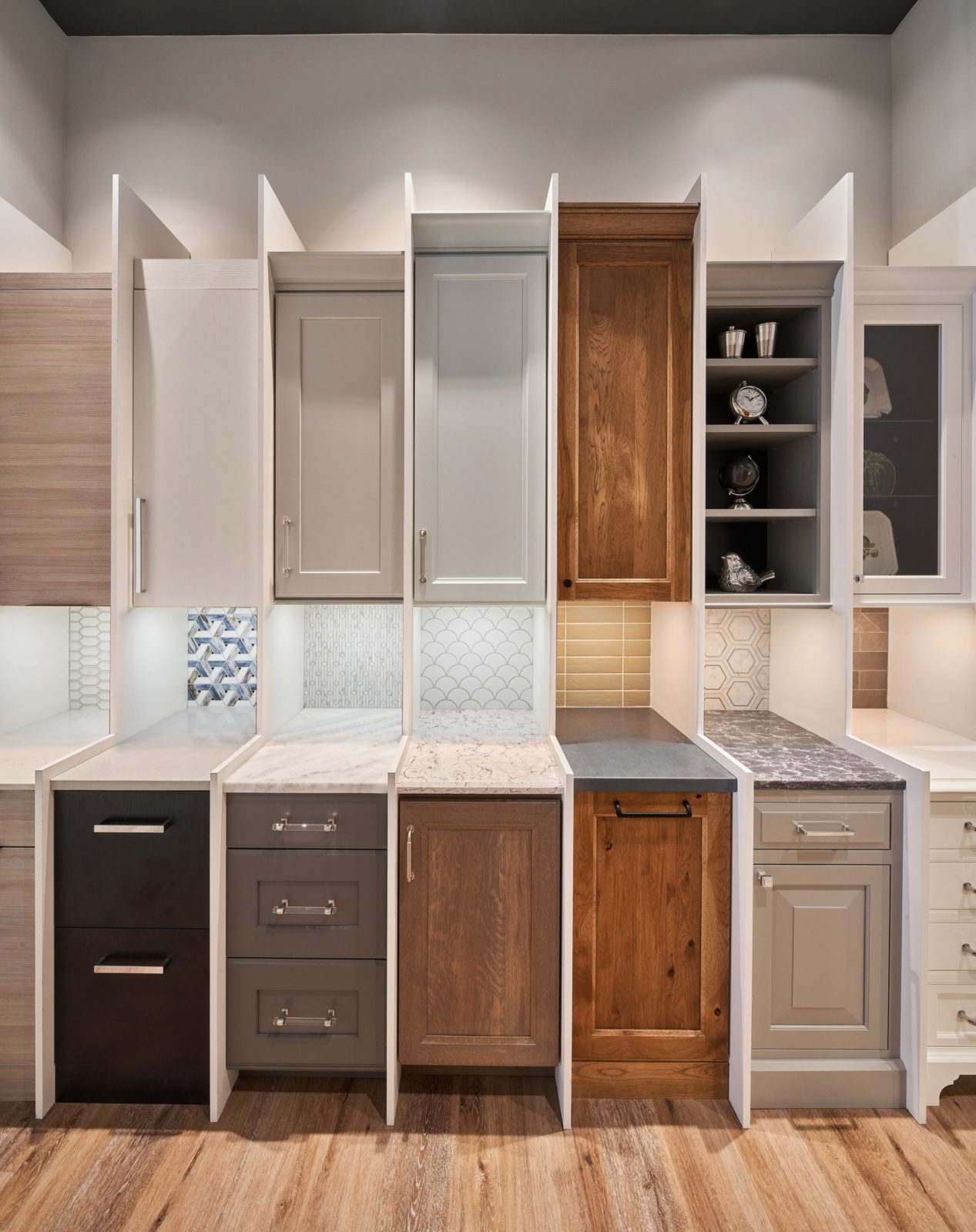
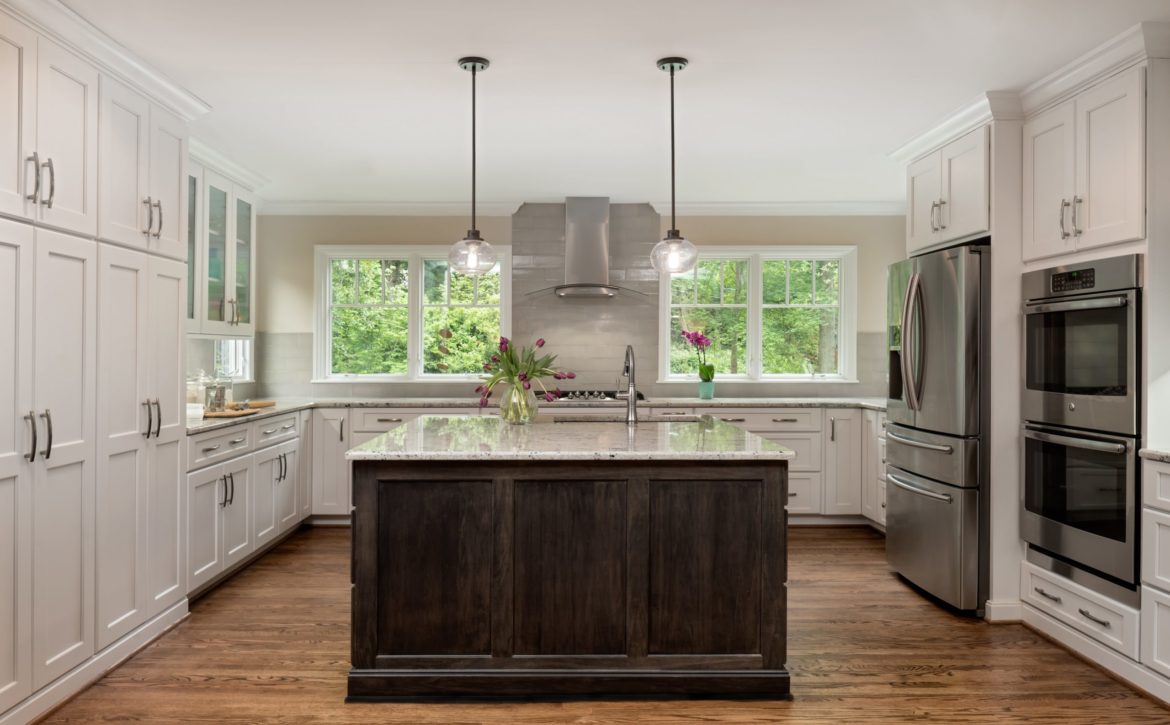
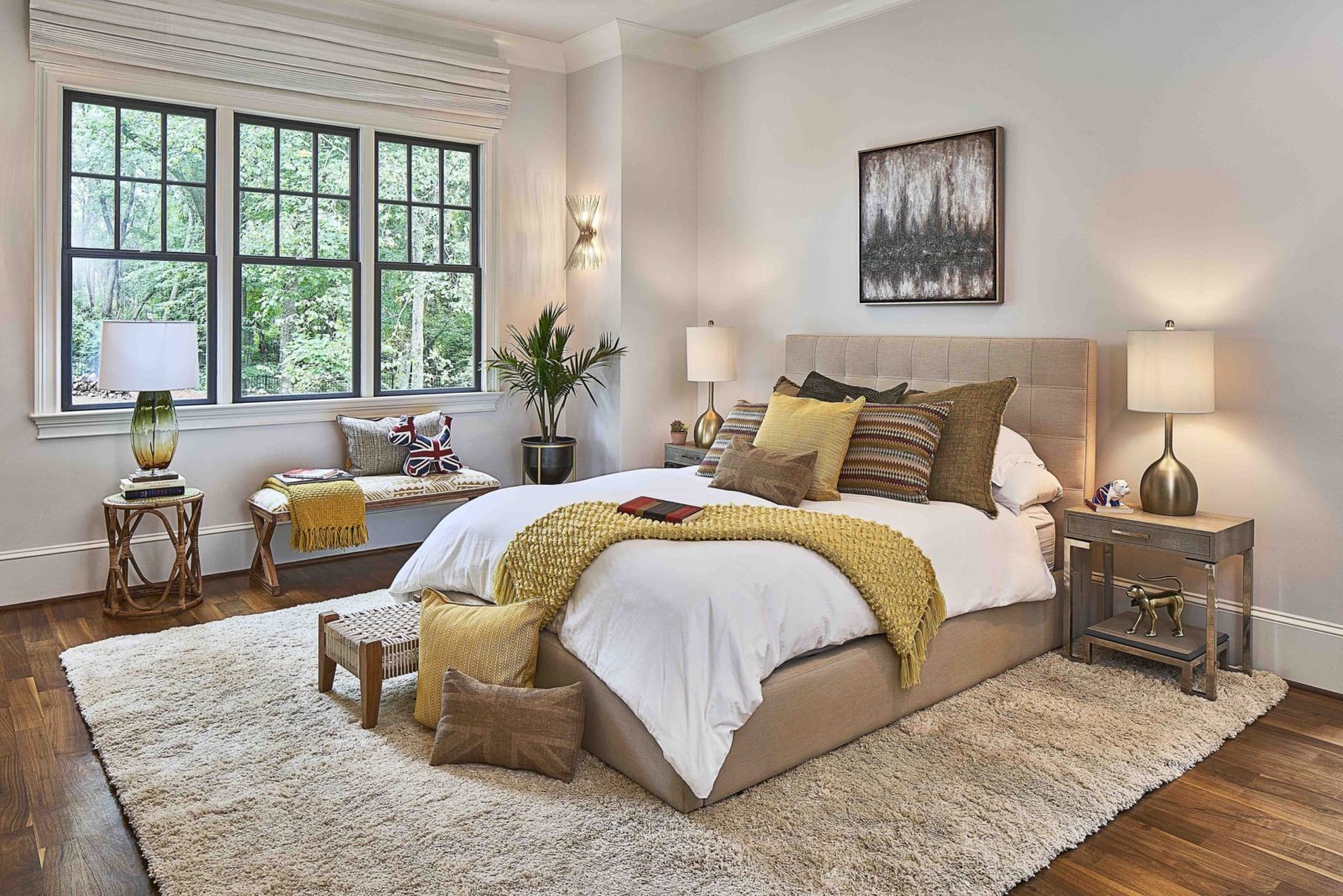
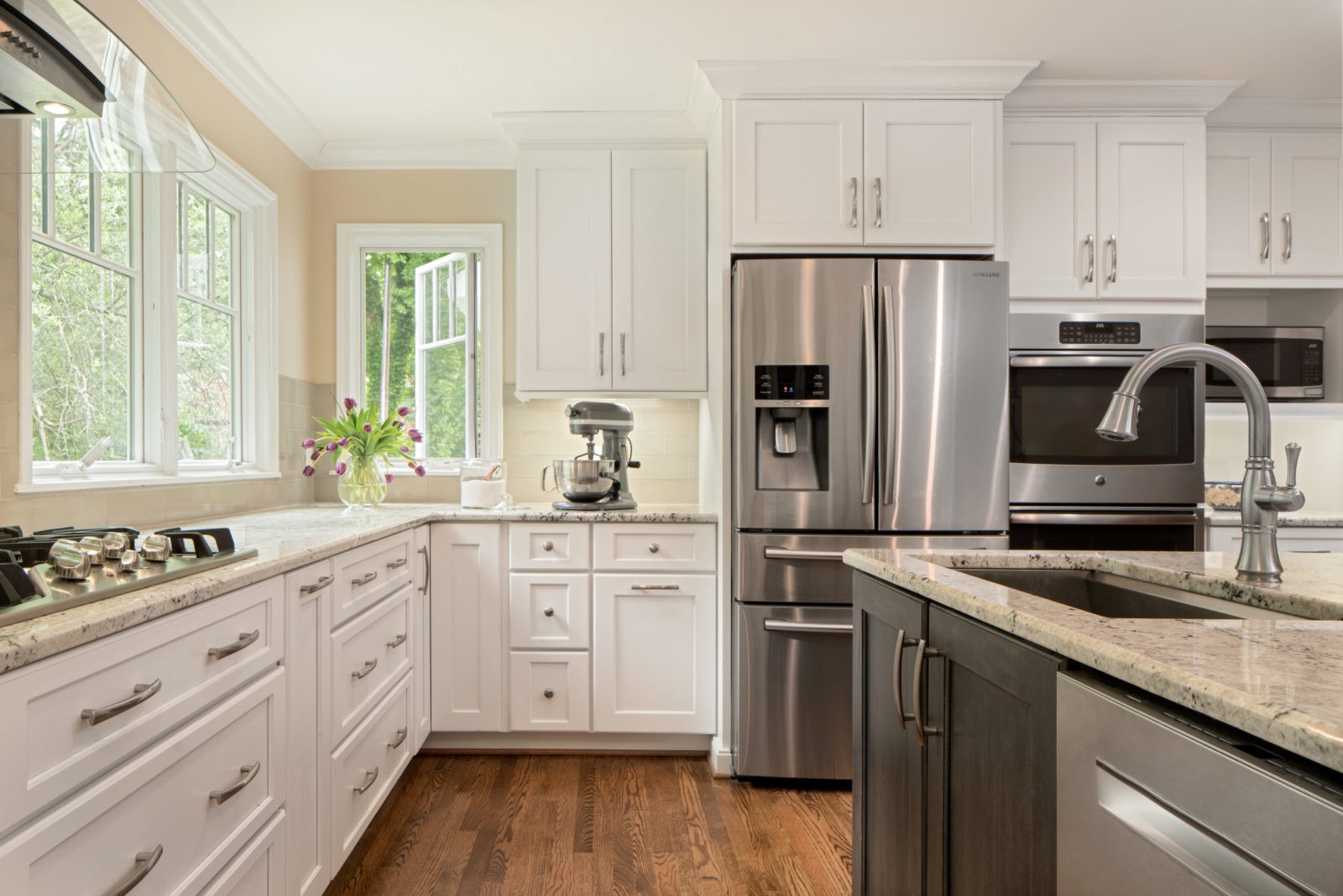
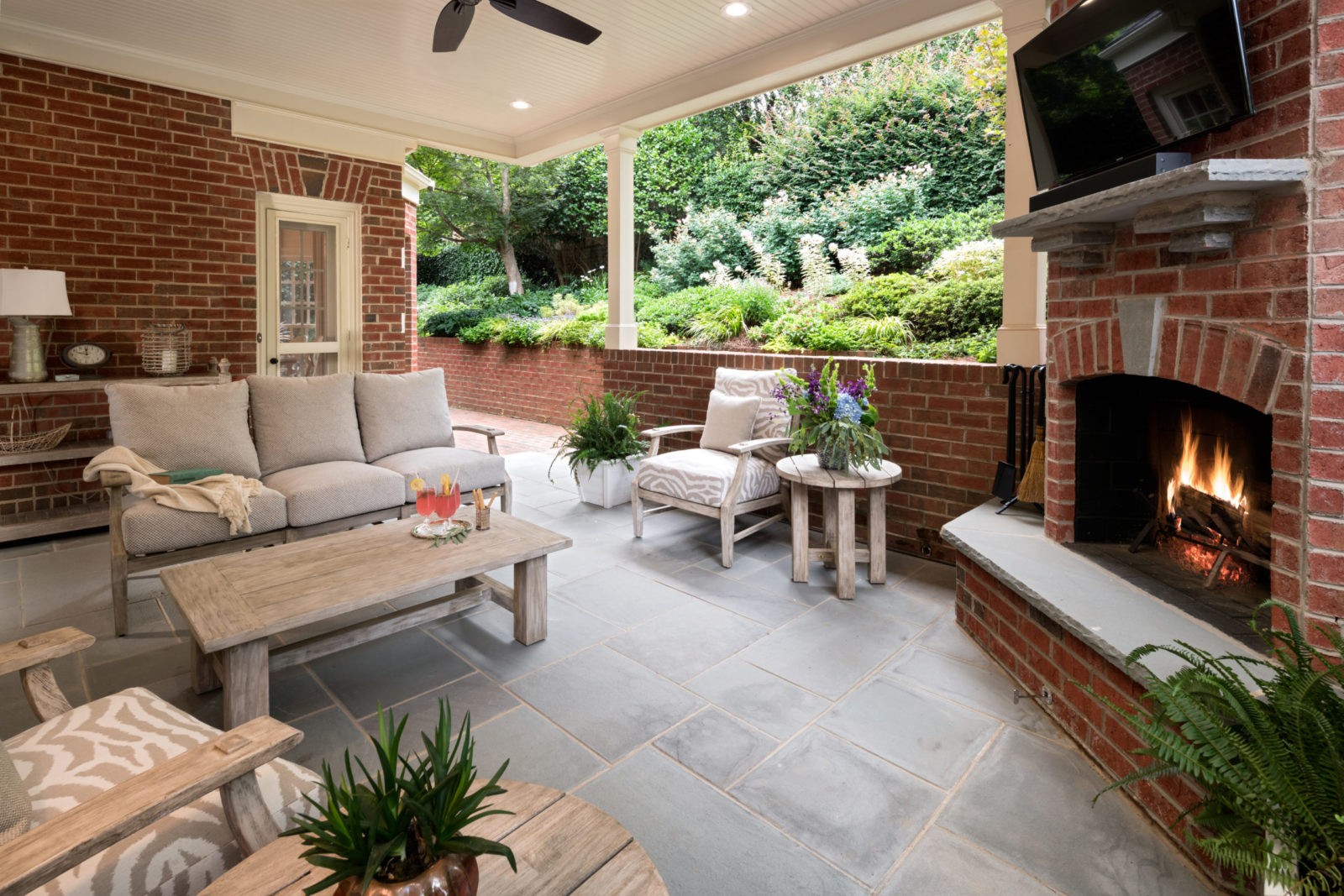
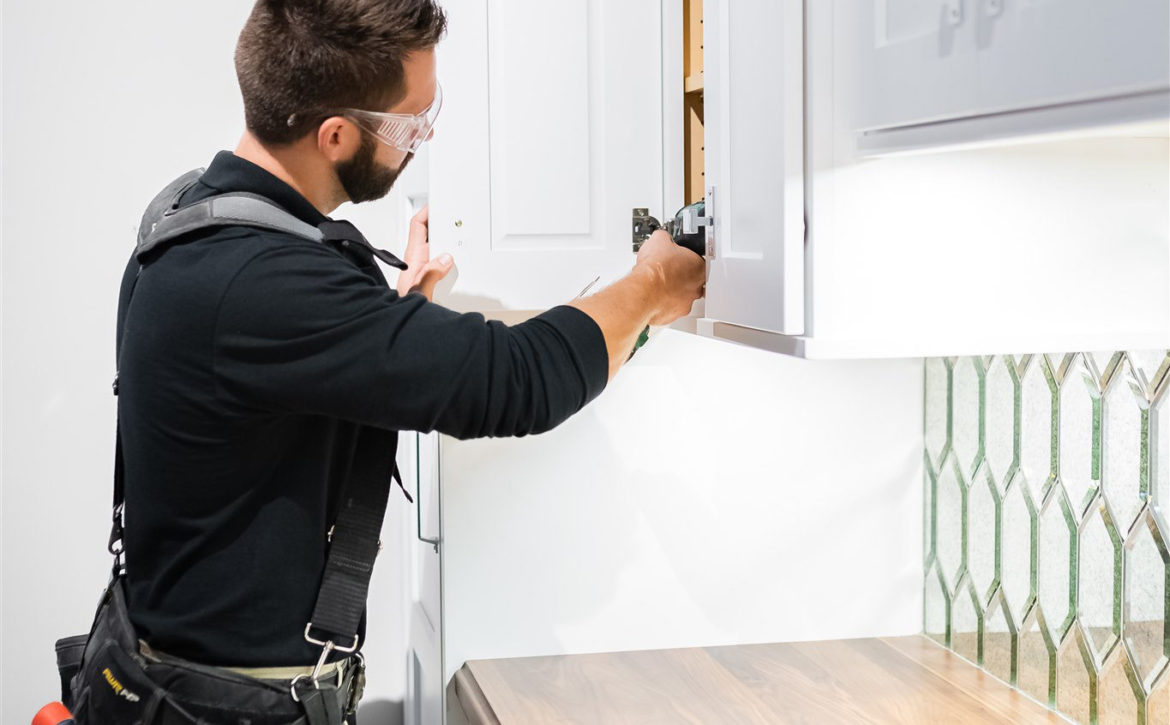
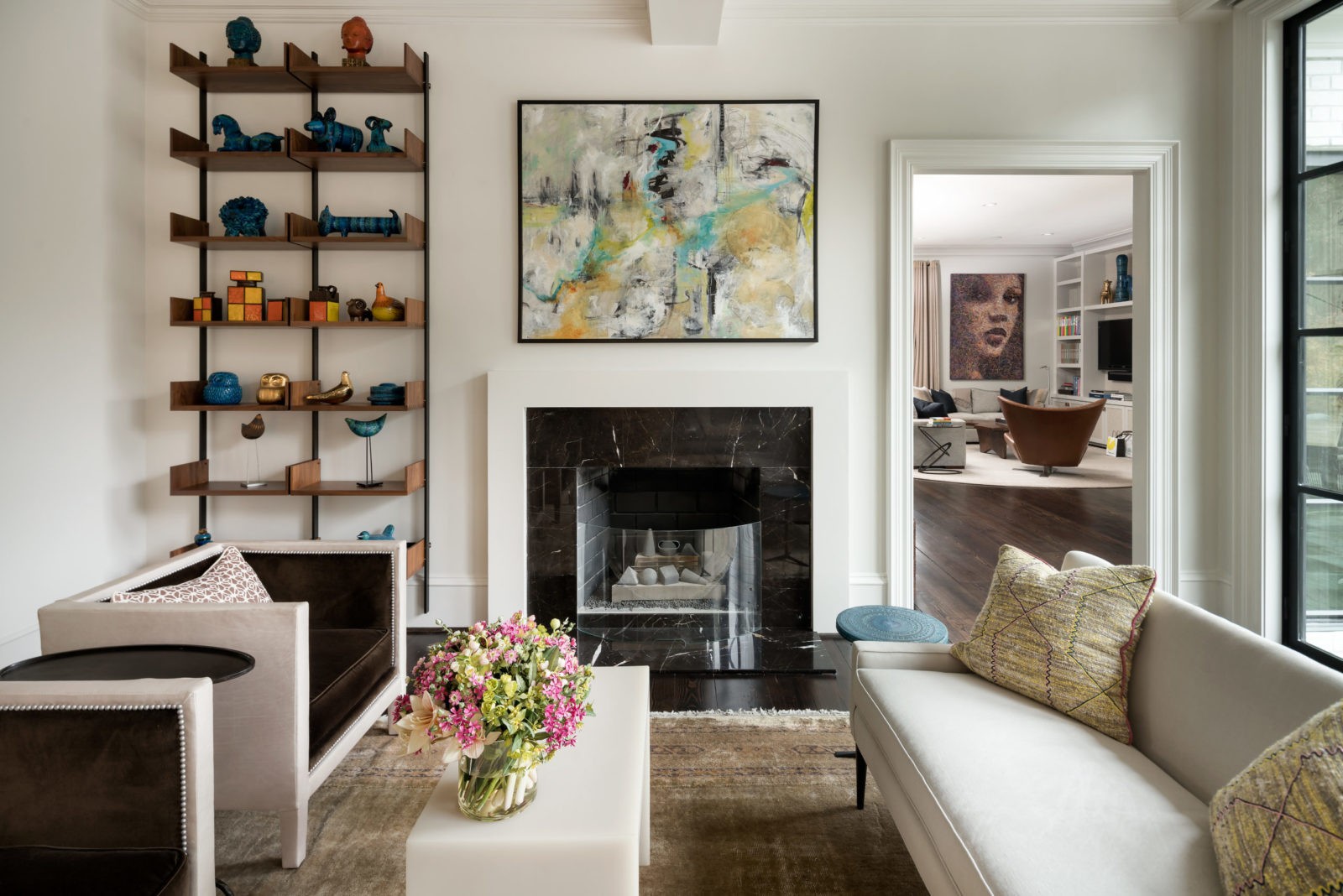
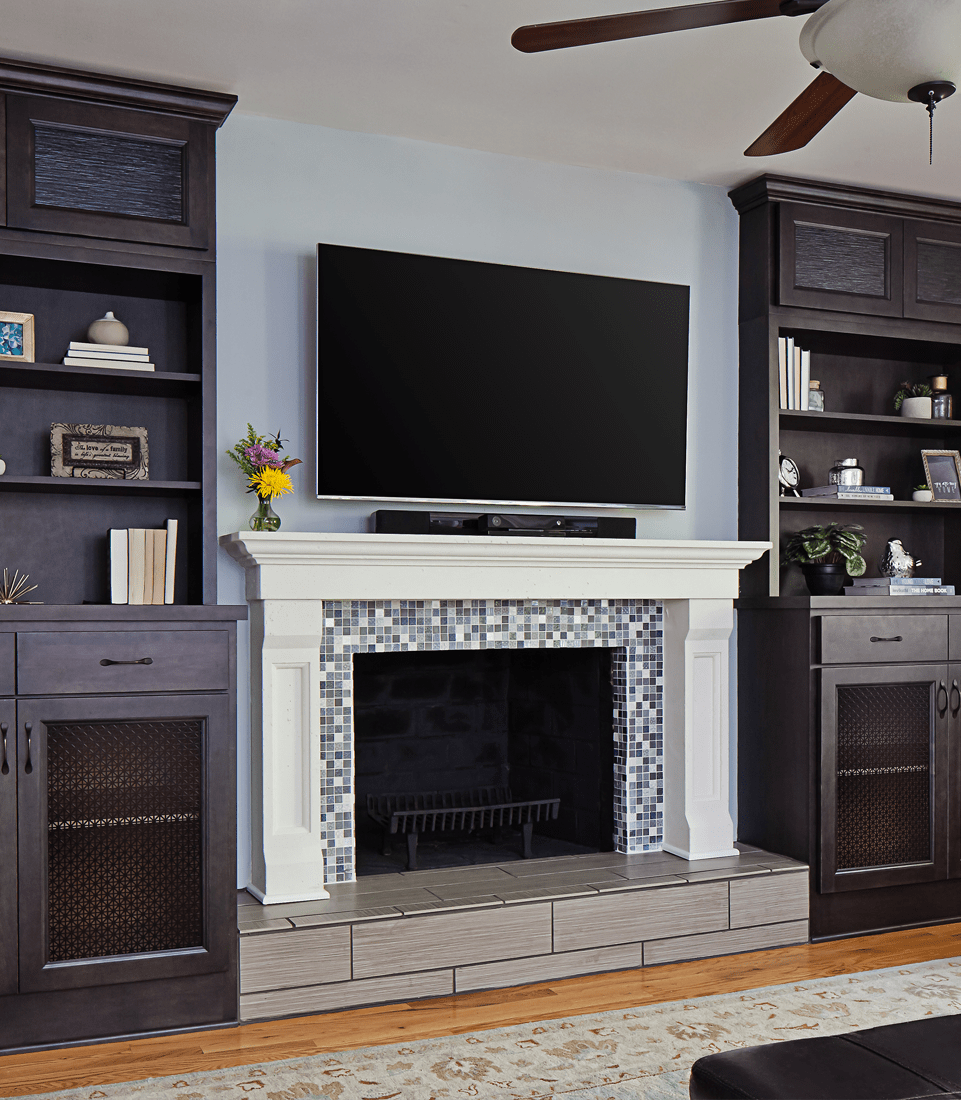
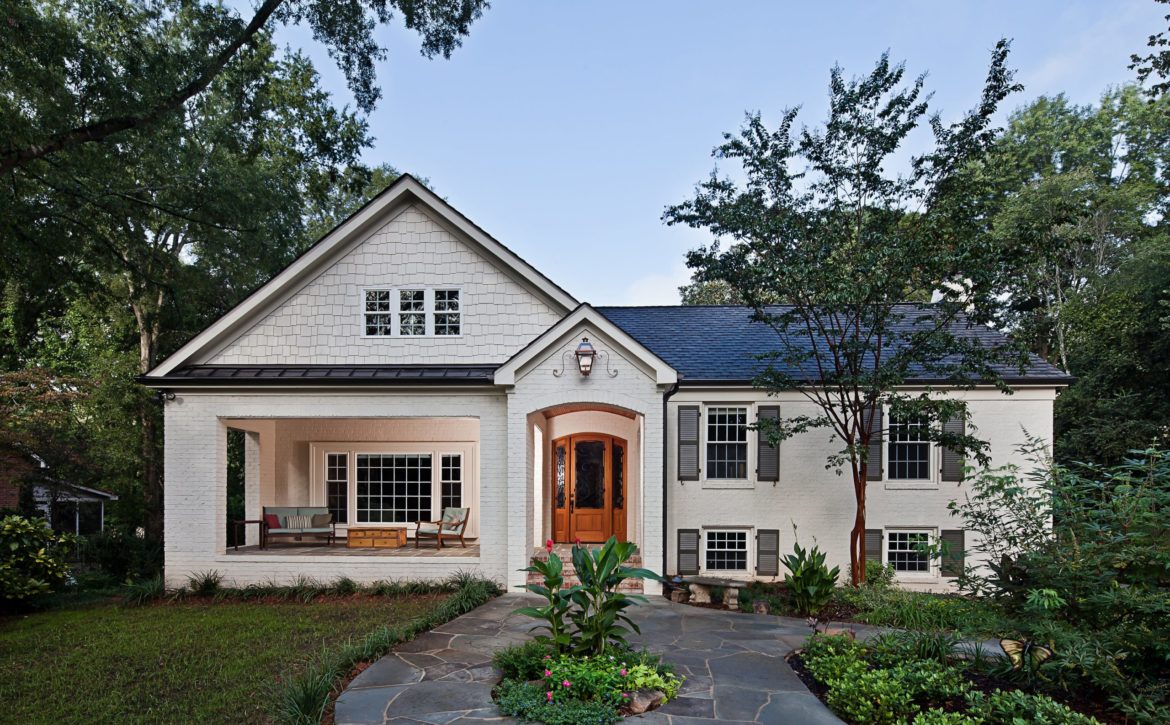
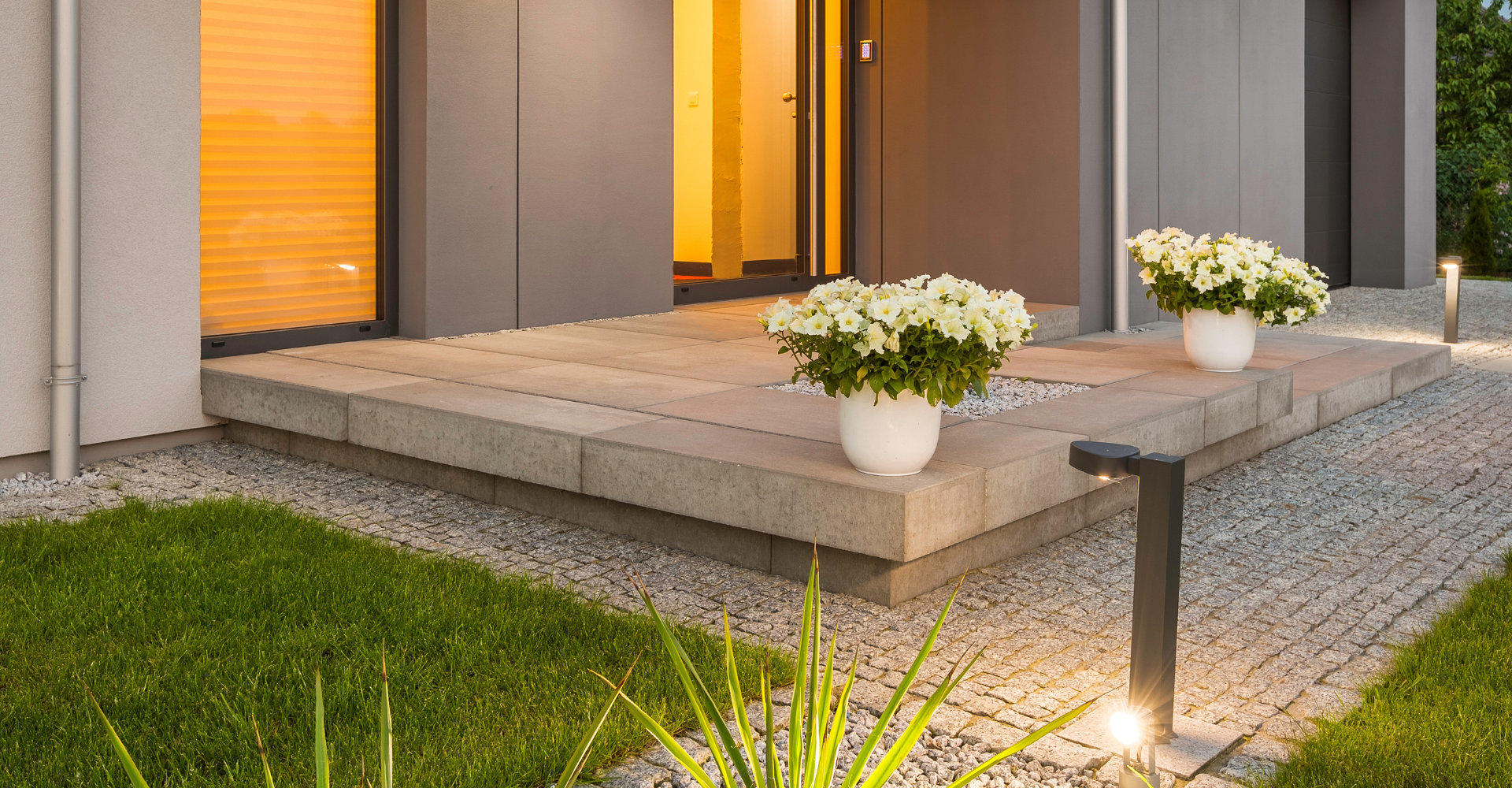
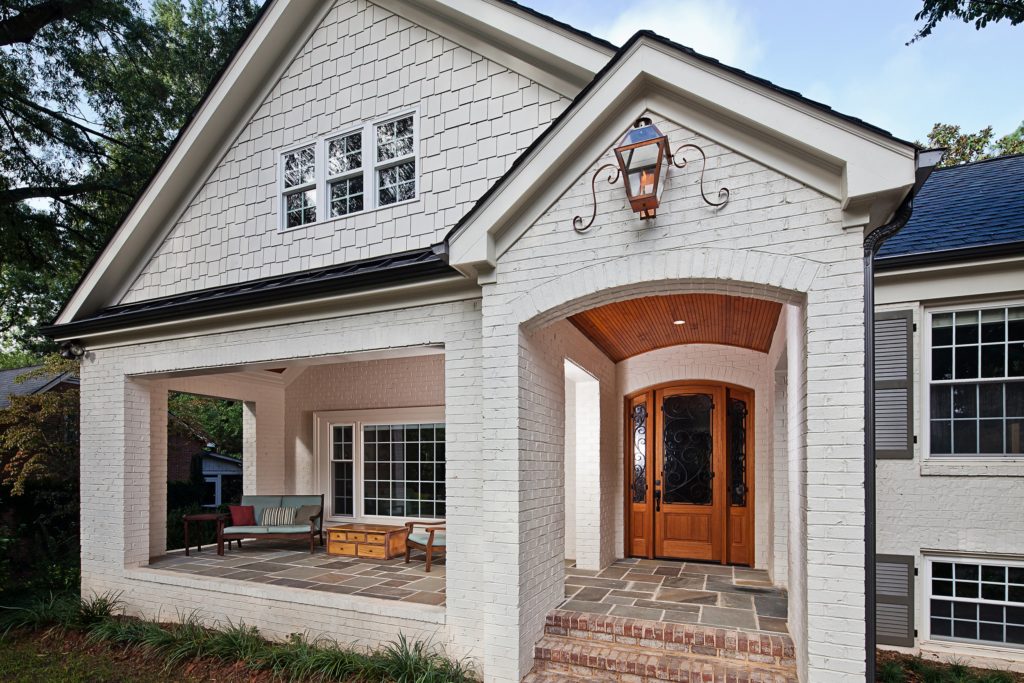
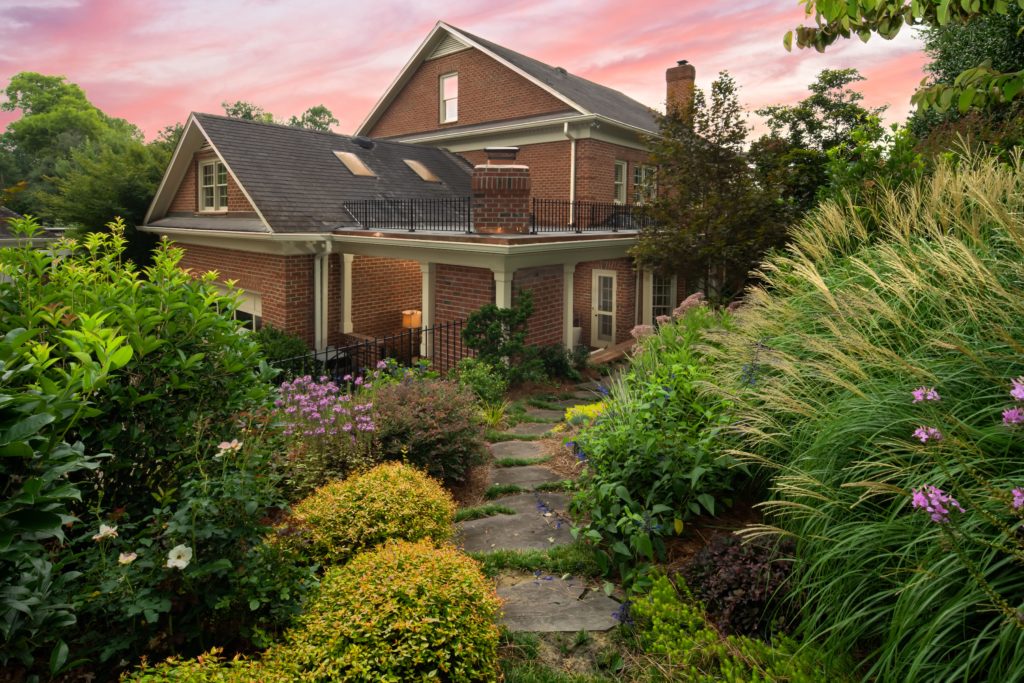
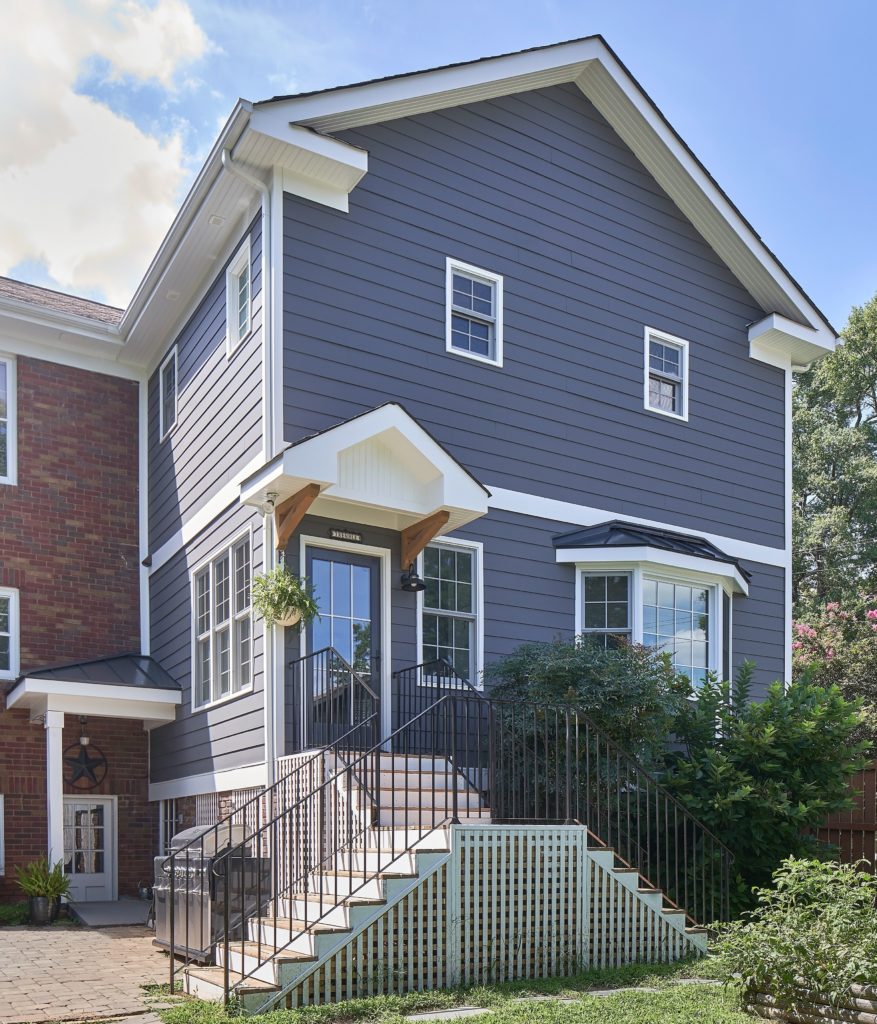
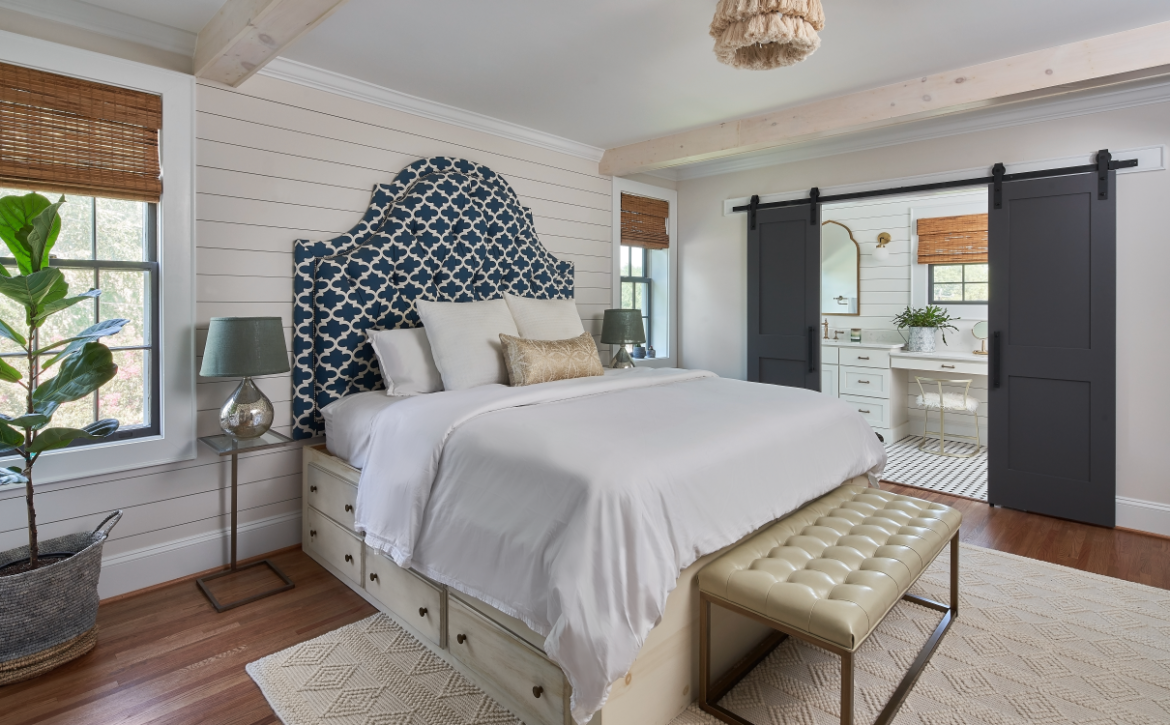
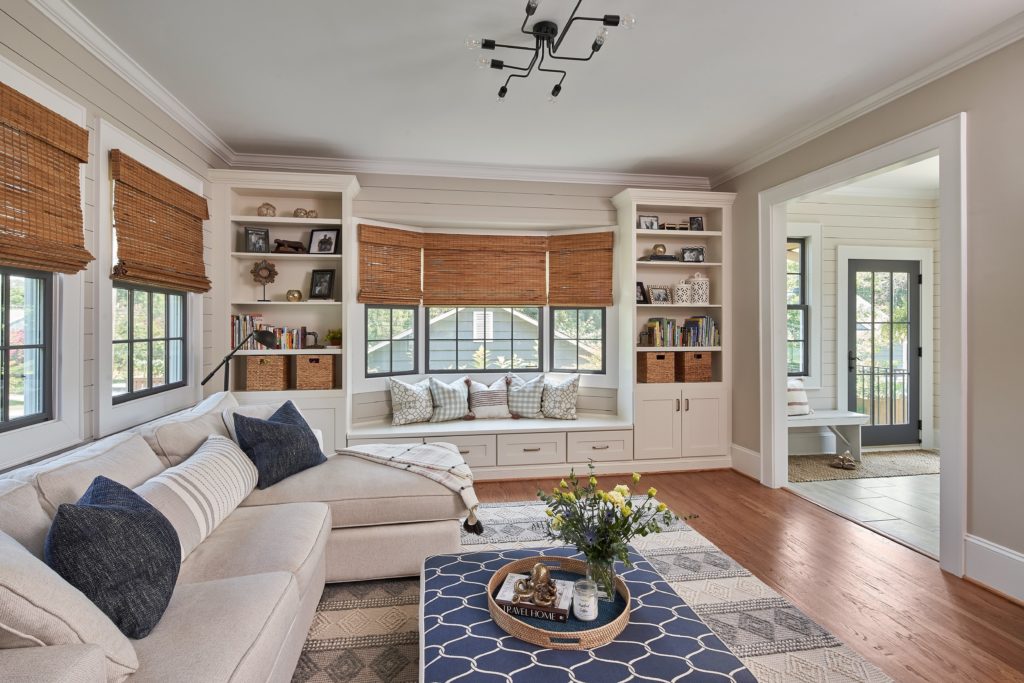
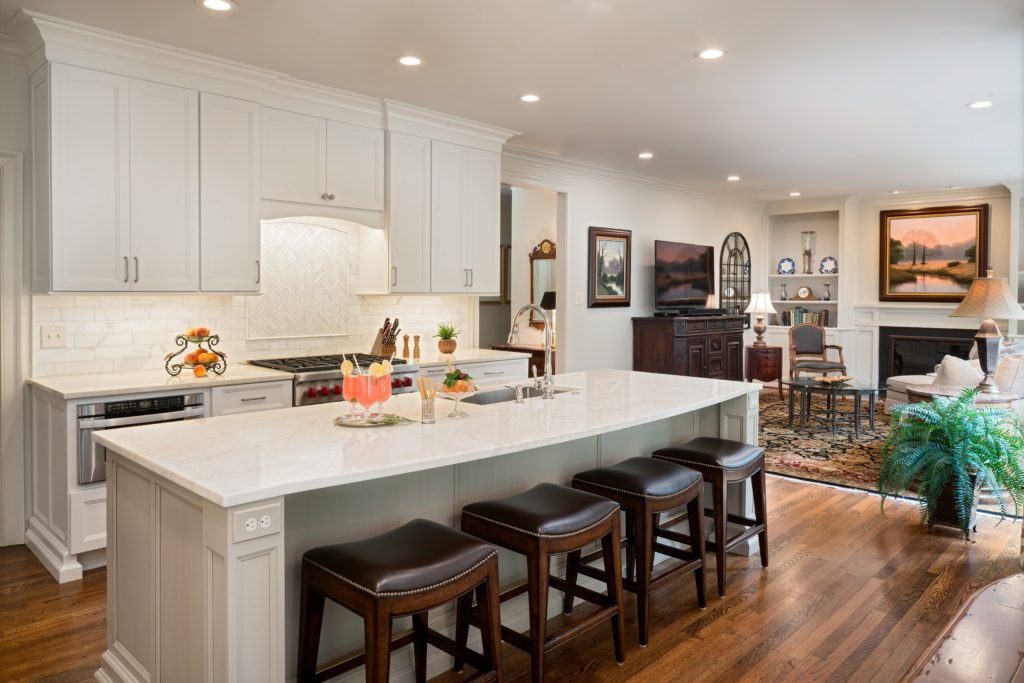
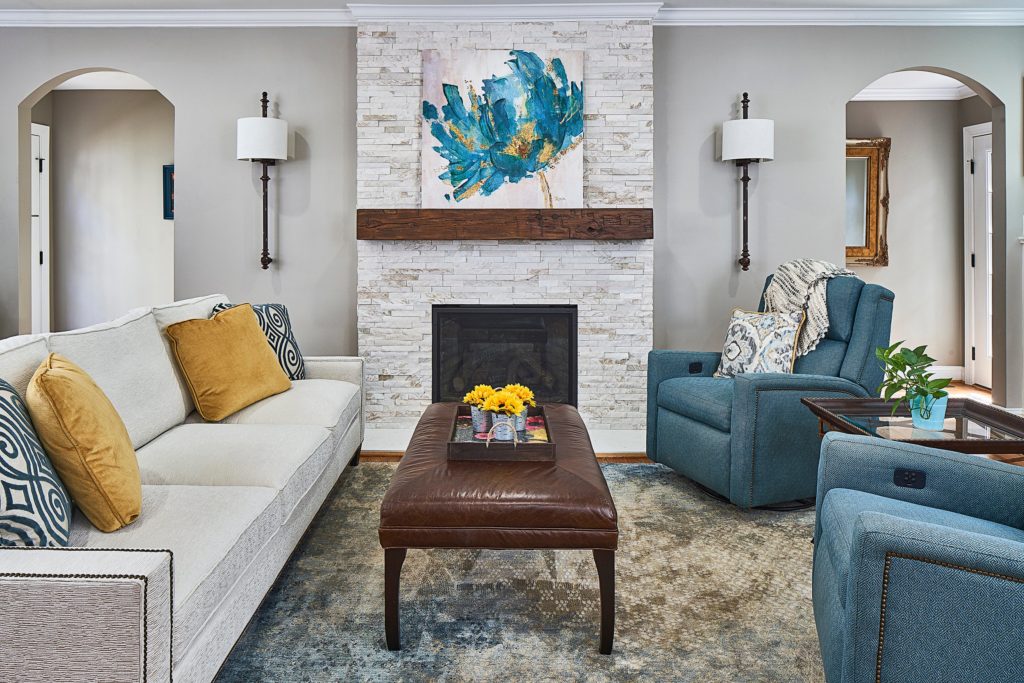 Considering a remodeling project and want to know you’re getting unparalleled quality and craftsmanship in the Charlotte area?
Considering a remodeling project and want to know you’re getting unparalleled quality and craftsmanship in the Charlotte area? 